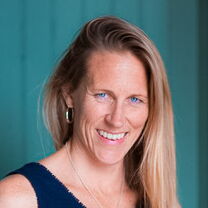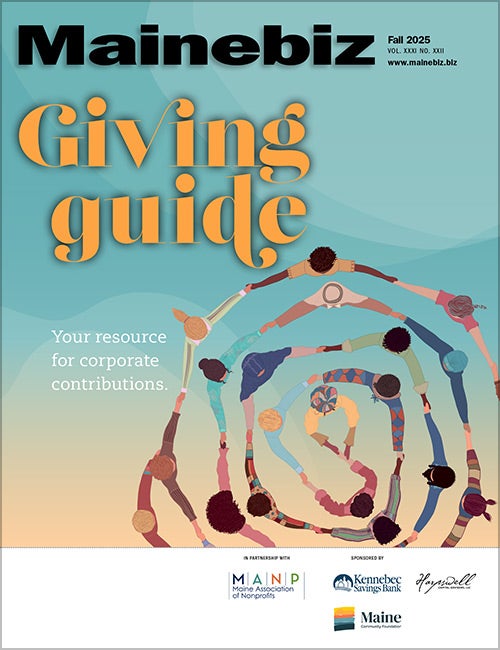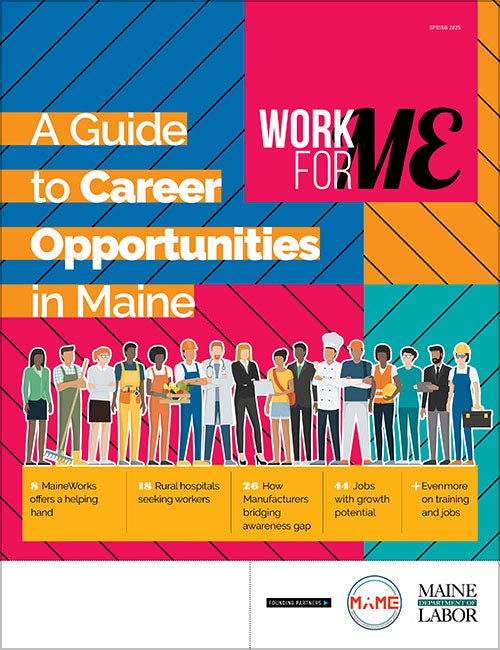
The ESOP movement: Maine has seen a growing number of companies convert to employee ownership
Over the past decade, Maine has had a surge of companies converting to employee ownership under the Employee Stock Ownership Plan structure.
In 2013, the Pine Tree State had 15 designated ESOPs. By 2024, that number grew to 86 ESOPs, with more expected as interest in the structure continues to grow.
Originally created in 1956 by economist Louis Kelso, the ESOP structure has become a popular tool for business succession and an alternative to a sale, merger and acquisition. In addition to allowing employees and management teams to stay intact, the ESOP tax benefits, especially tax-exempt status for S-corporations, also offer further incentive for companies to explore ESOPs.
The inner workings of employee-owned
To become a viable ESOP, a business must be the right size, have stable finances and be able to shoulder the administrative costs.
The process is complicated with transaction negotiations and rigid compliance measures oftentimes requiring a team of external advisors which is where financial advisory firms such as Bellview Associates in Ellsworth step in.

“I like to think of it almost like you have an orchestra, and the advisor is really the conductor. And so, we’re hired by the client, being the business owner who wants to sell their company to their employees in an ESOP transaction,” says Thomas Flynn, COO and managing partner at Bellview Associates.
The first step is determining whether a company has the foundation for long-term success as an ESOP. If administrative costs outweigh profitability, the model may not be sustainable. But if the company clears this hurdle, it can move forward with the transition to employee ownership.
Advantages
The benefits of ESOPs are twofold: financial gain and legacy protection.
For subchapter S Corporations, most of which are small businesses, becoming tax exempt means money once spent on taxes can be reinvested in the business — a powerful incentive.
“The government is really interested in doing that, especially as a bulwark against private equity or other options that might involve even shutting down the business or selling to a strategic firm that might fire employees,” Flynn says. “Private equity is kind of the big 800-pound gorilla in the room that ESOPs are counteracting.”
Succession planning is another key motivator. ESOPs allow an owner to retire or step away while preserving the company’s culture and management structure, a priority for many family-owned businesses that feel loyal to employees.
One of the misconceptions is that ESOPs are a last resort for when a company cannot find a suitable buyer. Flynn noted that ESOPs are in fact a competitive option that often closes faster than private equity deals and avoids job losses. Even if an ESOP later chooses to sell to private equity, that option remains on the table, with the difference being that profits are distributed among employees rather than a single owner.
Maine has become a particularly strong market for ESOPs. In fact, half of the ESOP transactions Bellview Associates has overseen are based in the state. From initial set up to long-term maintenance, the firm works with companies throughout the entire process, including clients it has advised for more than 20 years.
Part of ESOPs growing appeal may lie in Maine’s strong community ethos.
“It’s a very community-oriented state. When a business owner goes to bed at night, I think they feel really good about the decision to have done an ESOP. They took care of their people, and that matters for a lot of folks in Maine,” says Flynn.
A vision for future leadership
Blaze Partners, a full-service marketing agency in Falmouth, this past summer became 100% employee-owned, coinciding with its 10th anniversary.
It was a feat that took time and dedication, as Blaze Partners used a thoughtful approach as it transitioned the team of 19 employees to an ESOP structure.

For Blaze Partners, succession planning started early since the company’s three partners are at varied ages with different retirement timelines, according to Jenna Klein Jonsson principal and managing director at Blaze Partners.
The leadership team began looking at future options such as selling to venture capital, being acquired, bringing on new partners or even possibly closing. But none of those choices aligned with the agency’s mission or long-term goals.
Taking the next step
Six years ago, Jonsson attended a webinar featuring a law firm specializing in ESOPs and knew that was the right path for Blaze Partners.
Although the idea of an ESOP started to take root, the reality was that the Blaze team was too small to successfully pivot to an ESOP model. Through strategic planning and winning several large contracts, Blaze Partners was able to scale up and add five more people to the team last year alone.
In addition to thoughtful growth, the team also did its homework, while creating an informal ESOP board of advisors that included an ESOP attorney.
After years of financial planning and relying on trusted advisors, the firm was ready to formally pursue the transaction. The ESOP transition started in January 2025 and was completed at the end of July. Along with becoming 100% employee owned, Blaze Partners also achieved certification as a B Corporation.
Transparency was central throughout the process. While employees had heard of ESOPs, many did not fully understand how they worked.
“One of the hard things about ESOPs is that they’re simple in concept. It’s about transferring ownership to the employees of the organization. However, the mechanics of how it happens are super complicated and very technical,” Jonsson says.
Although day to day operations and leadership remain unchanged, employees are now more engaged in shaping company policies and serving on committees such as a communications committee.
This involvement has been motivating and reinforces progress and growth since everyone shares in the company’s success.
“I think it’s kind of hard to be against an ESOP. If you’re an employee, there’s no risk for them, which is so amazing,” Jonsson says. “If you go down the partnership route, employees are taking out large partnership loans, and that’s a huge risk, but with the ESOP, there’s no liability that the employees assume. So, if the company does well, the employees do well over the long term.”
A 100-year agency
Blaze Partners’ long-term commitment is reflected in its “100 Year Vision,” a mission to ensure the company thrives for a century or more by providing exceptional client services and creating positive community impacts.
“This is how we become a 100-year agency, by having a really strong team who can continue to guide and lead this organization when the original owners are no longer here,” Jonsson says.
Clients also benefit from the model. ESOP ownership strengthens retention and ensures continuity of professional services. With lower turnover, Blaze Partners can build deeper client relationships that are expected to last for decades.
Reflecting a trend in Maine, Blaze Partners was aware of the ripple effect on Maine’s local economy. The team was determined to preserve jobs in Maine and avoid selling to an outside entity that might cut staff or relocate work.
“We felt really strongly that we wanted to keep this business in Maine, and the ESOP lets you do that,” says Jonsson. “It lets you build a really strong base of talent here. It helps you provide long-term financial stability for your employees, which means long term financial stability for the community, and we just take that role as an employer seriously.”
Jonsson’s advice for other companies considering ESOP is to surround themselves with knowledgeable advisors who can help navigate the process. While the Blaze Partners ESOP is still new, she is excited about what the future holds, especially for a company that aims to stay in business for a century.
“I’ve always been excited about the future for Blaze, but the ESOP just makes me that much more excited,” Jonsson says. “I feel like we have such a strong leadership team at Blaze, and I don’t think we’ve ever had such a healthier, stronger group of employees. People are just so excited about this. We are able to create an organization that is more than a job, it is a career.”









0 Comments